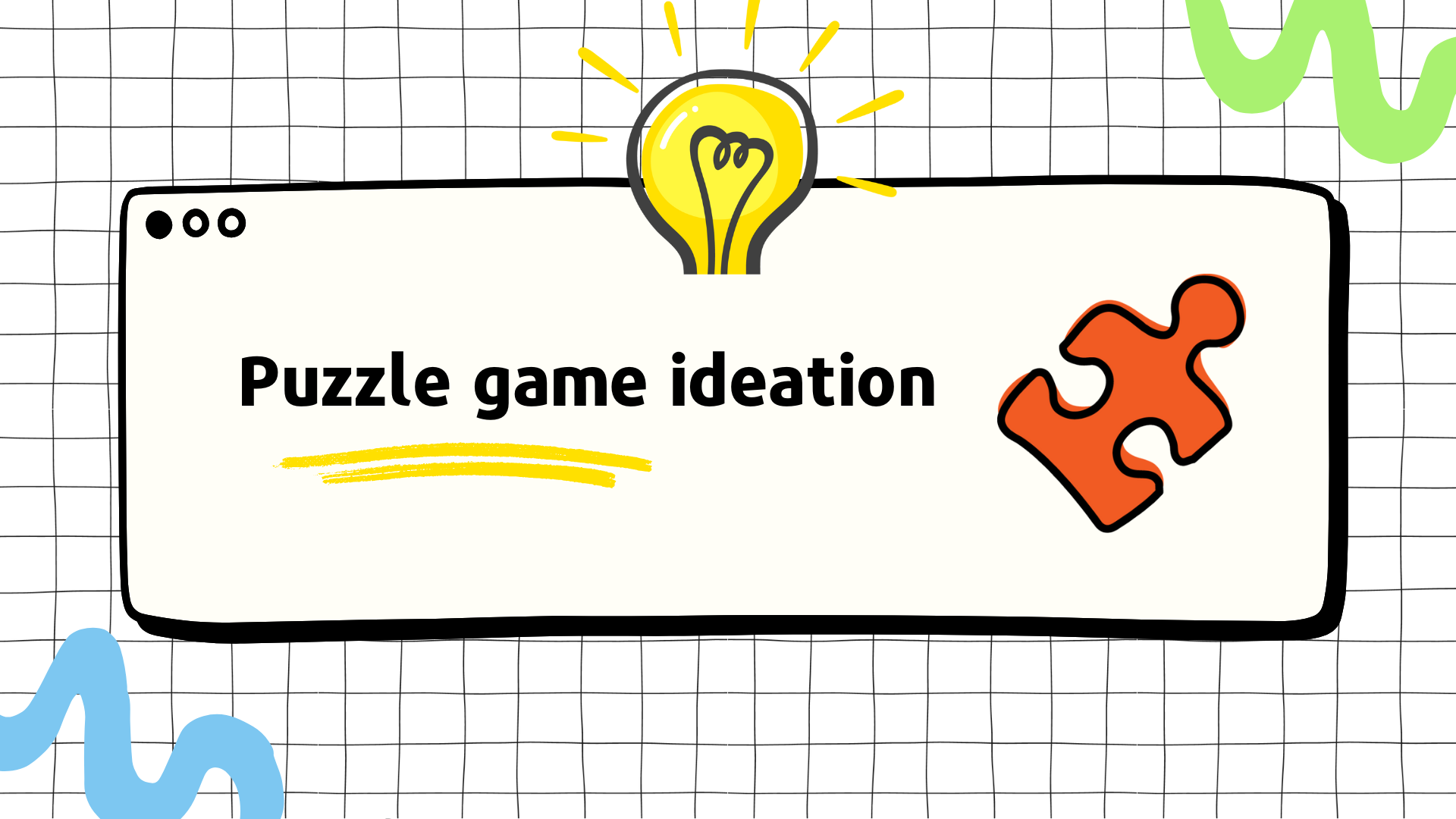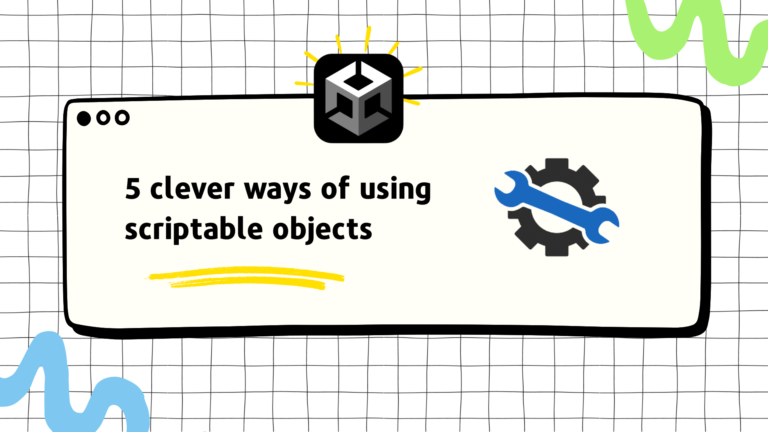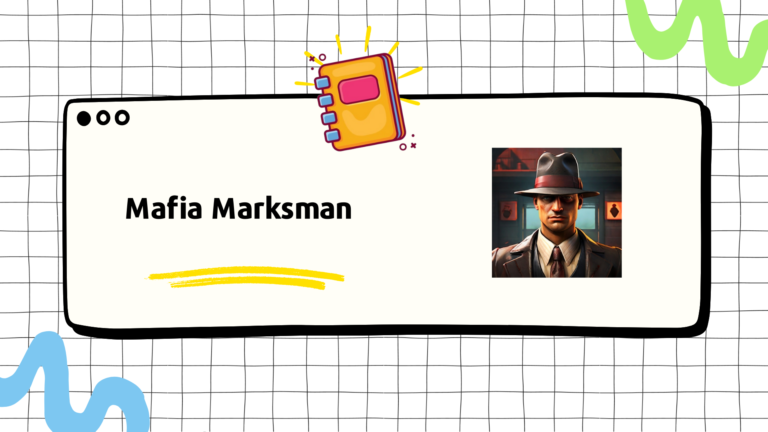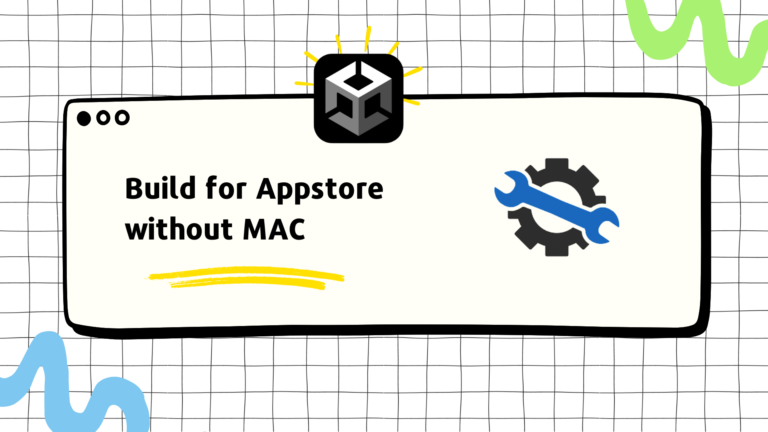We all have our ways of coming up with ideas. Some people do not need any processes to do that. They think, suddenly their eyes light up and they say, ‘What if we….’
I’m not that. Rarely I have had great ideas that came out of an epiphany. I have to take my time, organize my materials, make sure I have everything I need, and find an analytical approach to coming up with ideas for a specific genre. Sounds boring and it can be, but it gives me results in most cases. The ‘analytical approach’ may sound fancy but it’s not. I thought I could help some people and so I’m sharing it\
Step 1: Understand the fundamentals
Each genre has its framework. We need to understand it and break it down into the fundamentals. This framework keeps the familiarity of the genre to keep it relevant and understandable. It defines the genre. For the known genres, we can take the help of AI

Let’s look into bubble shooters. We have bubbles, shooters, grids, and obstacles as said by ChatGPT. We will avoid the obstacles for now as they are there to keep the core interesting. We come up with the obstacles after we have the core idea. So the core parts are
- Blocks (We generalized it from bubbles)
- Shooter
- Match Rule (This is important!)
- Grid
How can we understand if we have the complete list of the fundamentals?
- Can we remove any 1 of these and still call it a bubble shooter? If so, we can probably remove it
- Can we make a game out of these fundamentals and call it a bubble shooter?
- Each fundamental should be generic enough. Case in point, bubbles. We are not focusing on bubbles. Calling it blocks is more appropriate
We follow a similar thinking style to come up with the fundamentals of other genres without using AI
Step 2: Analyze each fundamental
In this step, it’s important to zoom in on the fundamentals and analyze them deeper. We wanna make sure we understand different ways the fundamentals can act. It’s here we wanna do out-of-the-box thinking
Blocks
Let’s examine the properties of the blocks and break them down into further fundamentals.
Blocks need to be movable/shootable
Blocks need to have a color variety
Ideally, blocks need to have matching quality (optional)
Now, what are things that can be movable, have color variety, and probably matching quality?
Bubbles, yes! (no inherent matching quality)
Jigsaw pieces in Jigsaw Blast (inherent matching quality)
Can we add more qualities to the blocks without breaking the core?
<Use ChatGPT here>

Shooter
Shooters can shoot in different ways. We know that they can shoot either straight forward or straight but angled. But if you only think about something that shoots rather than thinking in the context of bubble shooters, you can get out of the box. What if it can shoot in a projectile (like Angry Birds) or a first-person shooter?
See how fast things are getting interesting?
Match Rule
The definite match rule for bubble shooters is to match the colors recursively. This is something we never see changing in bubble shooters. So is this a fixed fundamental? Does it have to be?
Can we not use colors but use matching objects?
These are the questions that you need to think about as a designer
Find more about match games and match conditions here
Grid (Space)
Lets think of the grid only.
A grid can be 2D flat, 2D rounded, 3D, Hexagonal, etc
It can be anchored from the top, it can also be anchored from the center 🤔
We have mostly seen 2D flat grids in Bubble shooters. But you can imagine the possibilites when you think of grid as a fundamental rather than bubble shooters as a whole.



Step 3: Combine Meaningfully
Now that we have a deeper understanding of the fundamentals, it’s time to combine everything coherently. Try randomly selecting different options of the fundamentals and combining everything into a game. Remember, randomly combining does not equate to a good idea, but when all of the fundamentals come together to deliver the same message, and same goal, it becomes a good idea worthy enough to test.
That’s enough rambling from me. Signing off!





